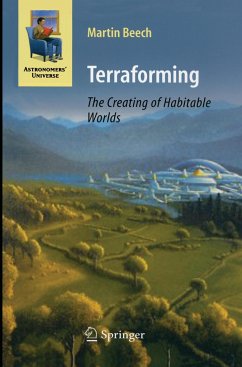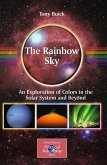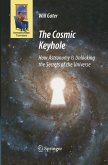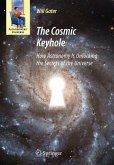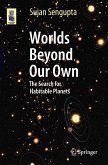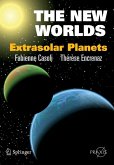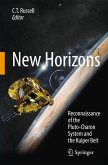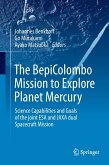The word ''terraforming'' conjures up many exotic images and p- hapsevenwildemotions,butatitscoreitencapsulatestheideathat worldscanbechangedbydirecthumanaction.Theultimateaimof terraforming is to alter a hostile planetary environment into one that is Earth-like, and eventually upon the surface of the new and vibrant world that you or I could walk freely about and explore. It is not entirely clear that this high goal of terraforming can ever be achieved, however, and consequently throughout much of thisbooktheterraformingideasthatarediscussedwillapplytothe goal of making just some fraction of a world habitable. In other cases,theterraformingdescribedmightbeaimedatmakingaworld habitablenotforhumansbutforsomepotentialfoodsourcethat,of course, could be consumed by humans. The many icy moons that reside within the Solar System, for example, may never be ideal locationsforhumanhabitation,buttheypresentthegreatpotential for conversion into enormous hydroponic food-producing centers. The idea of transforming alien worlds has long been a literary backdrop for science fiction writers, and many a make-believe planet has succumbed to the actions of direct manipulation and the indomitable grinding of colossal machines. Indeed, there is something both liberating and humbling about the notion of tra- forming another world; it is the quintessential eucatastrophy espoused by J. R. R. Tolkien, the catastrophe that ultimately brings about a better world. When oxygen was first copiously produced by cyanobacterial activity on the Earth some three billion years ago, it was an act of extreme chemical pollution and a eucatastrophy. The original life-nurturing atmosphere was (eventually) changed f- ever, but an atmosphere that could support advanced life forms came about.
From the reviews:
"Earth will not last forever; it will take many human generations for most of Earth's problems to manifest, at the very least. One may consider these the problems of far-off generations or, as Beech ... does in Terraforming, one might consider how to begin to create new homes on Mars or Venus. Beech describes our modern view of the solar system, emphasizing the resources available to us on the familiar planets ... . Summing Up: Recommended. General and academic audiences, lower-division undergraduate and above." (C. Palma, Choice, Vol. 47 (1), September, 2009)
"'The ultimate aim of terraforming is to alter a hostile planetary environment into one that is Earth like, and eventually upon the surface of the new and vibrant world that you and I could walk freely about and explore.' ... nicely produced and illustrated book, then carries on with a mixture of just enough actual scientific detail to make the extensive science fantasy, not science fiction but science fantasy, plausible to many readers. ... interest to scientists and engineers ... ." (Gary J. Long and Fernande Grandjean, Belgian Physical Society Magazine, Issue 2, 2011)
"Earth will not last forever; it will take many human generations for most of Earth's problems to manifest, at the very least. One may consider these the problems of far-off generations or, as Beech ... does in Terraforming, one might consider how to begin to create new homes on Mars or Venus. Beech describes our modern view of the solar system, emphasizing the resources available to us on the familiar planets ... . Summing Up: Recommended. General and academic audiences, lower-division undergraduate and above." (C. Palma, Choice, Vol. 47 (1), September, 2009)
"'The ultimate aim of terraforming is to alter a hostile planetary environment into one that is Earth like, and eventually upon the surface of the new and vibrant world that you and I could walk freely about and explore.' ... nicely produced and illustrated book, then carries on with a mixture of just enough actual scientific detail to make the extensive science fantasy, not science fiction but science fantasy, plausible to many readers. ... interest to scientists and engineers ... ." (Gary J. Long and Fernande Grandjean, Belgian Physical Society Magazine, Issue 2, 2011)

